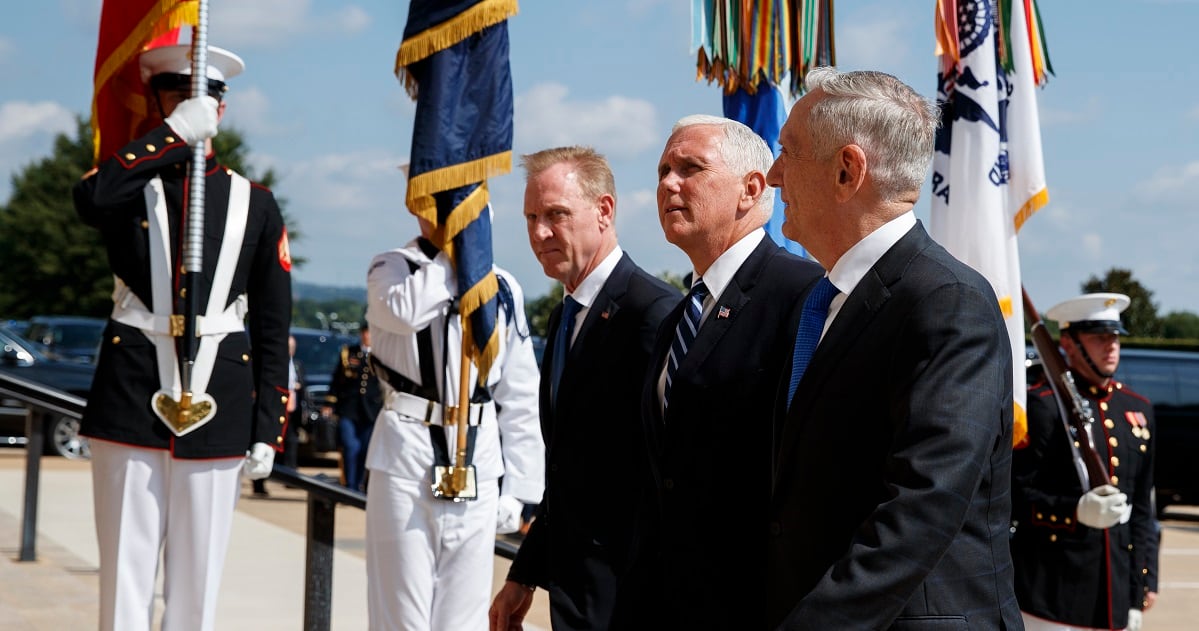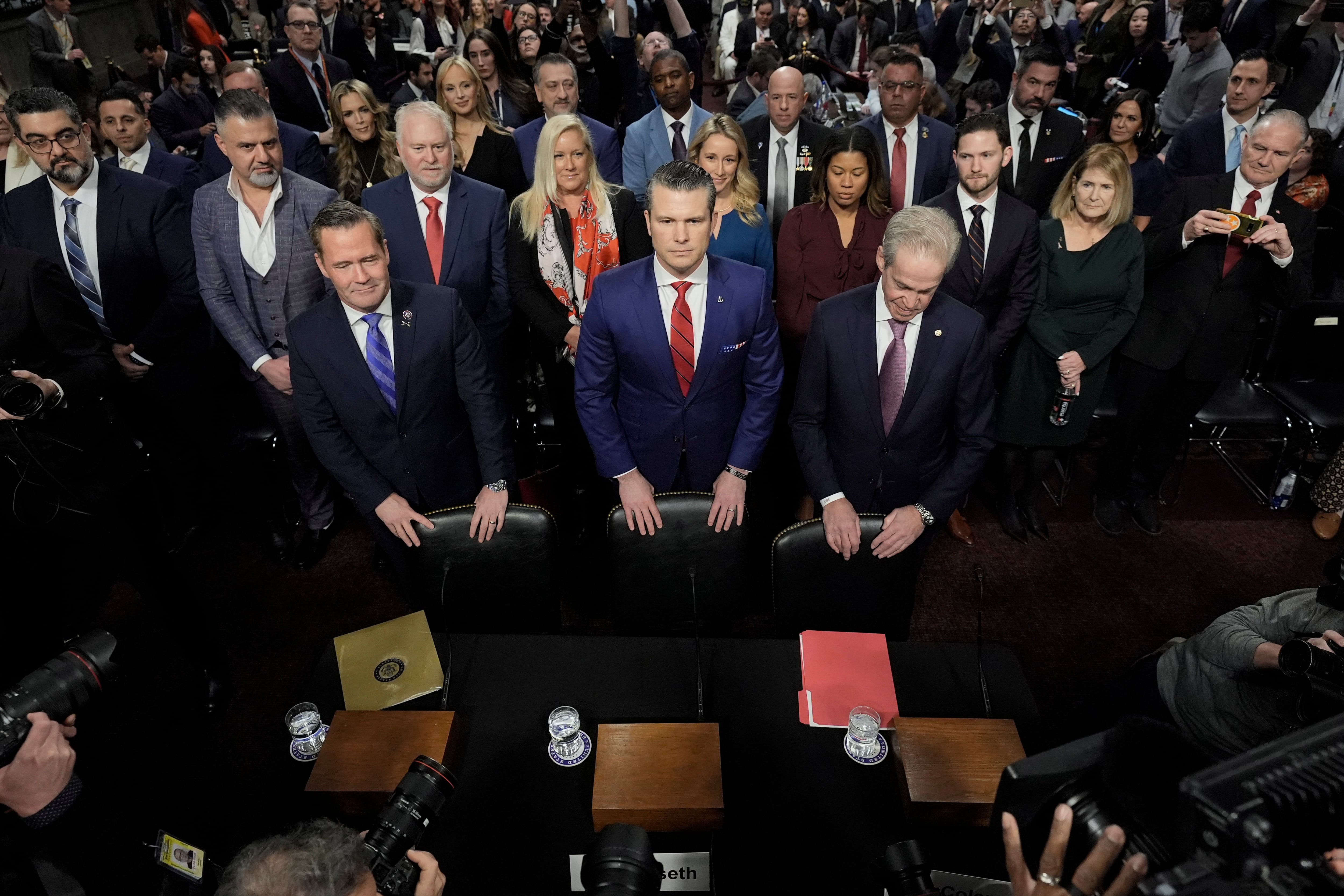WASHINGTON — The Pentagon hasn’t released its official cost estimate to stand up a brand-new space service, but a top defense budget analyst has crunched the numbers and believes it may cost $550 million more per year for a Space Force — at most.
In order to add the headquarters staffing needed to run a Space Force, the Defense Department would need anywhere from an additional $300 million to $550 million per year on top of the money it already budgets for space personnel, operations and procurement, according to a new report by Todd Harrison of the Center for Strategic and International Studies.
All told, that amounts to a boost of $1.5 billion to a total of $2.7 billion over a five-year period.
RELATED
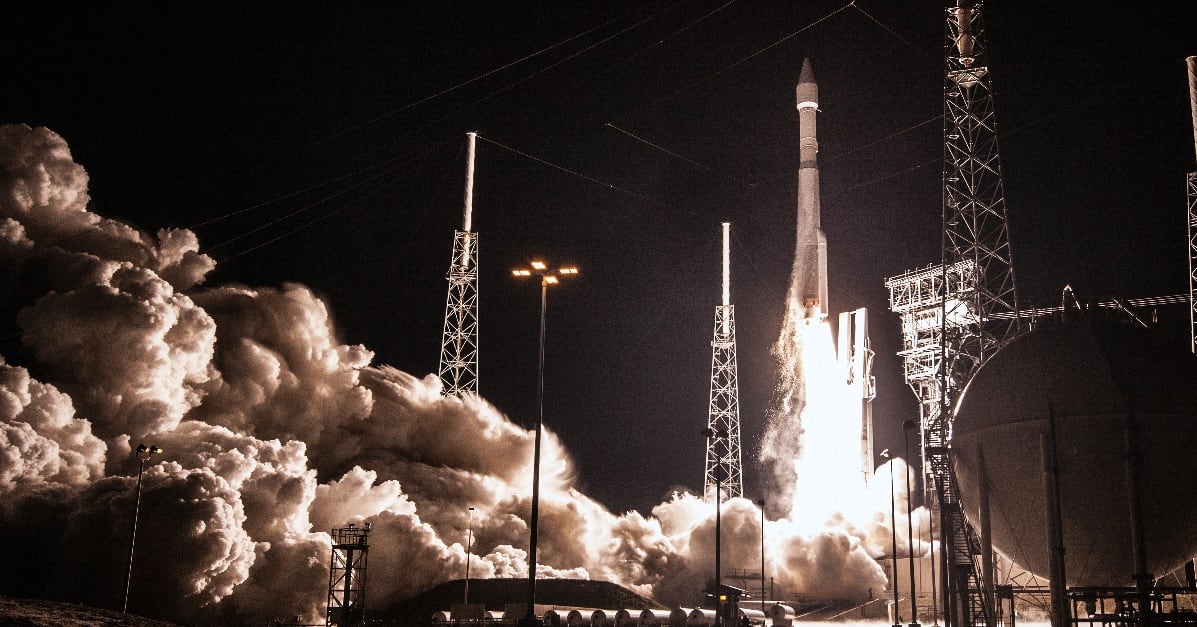
That figure is roughly in line with Deputy Defense Secretary Patrick Shanahan’s public statements last week that the initial costs of a Space Force could be as low as $5 billion and definitely within the “single digits” of billions of dollars.
“The single digit billion dollar figure that Mr. Shanahan referenced represents an incremental cost over a five-year period. The transfer of existing budgets into the Space Force does not represent a new cost and is therefore not included. Additional capabilities such as new satellites are also excluded from Space Force cost estimates," said Lt. Col Joe Buccino, Shanahan’s spokesman, in a Tuesday statement.
“To deliver increased capability for minimal cost, the Space Force proposal will leverage existing capabilities where possible.”
Harrison’s estimate is also a rebuke of the Air Force’s own proposal, signed off by Air Force Secretary Heather Wilson, which predicted almost $13 billion in additional cost over the first five years of the Space Force’s creation.
The Air Force’s estimate initially sent a wave of panic among members of Congress, but Harrison decried the Air Force figures as “malicious compliance” meant to kill the Space Force plan by overinflating its costs — a characterization he stands by.
“They were not asked to produce that cost estimate, and they did it with the largest possible scope, without sufficient caveats to let people know that that was much more than the cost of the Space Force,” he told reporters in a Nov. 19 briefing. “And they previously made it known that they don’t like this idea.”
RELATED
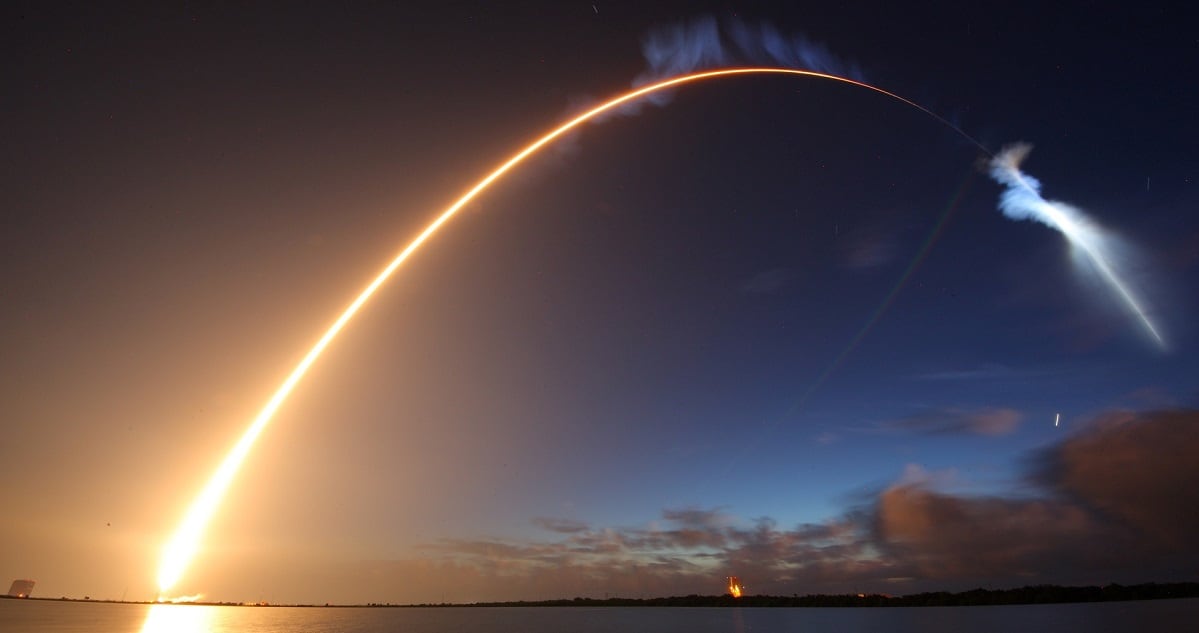
Wilson, for her part, defended the Air Force’s cost estimate last week, saying it was scoped appropriately to reflect the wishes of President Donald Trump to create a completely independent space force.
“Whatever is put forward needs to implement the president’s proposal. What we put forward was in the cost estimates to implement a standalone department," she said Thursday. "Our estimate that we gave to a lot of people in the Pentagon in September was the cost of a fully fledged stand-alone department and also a unified combatant command.”
Wilson’s choice to include the new combatant command — U.S. Space Command — and new procurement organization, called the Space Development Agency, in its proposal is an important distinction from Harrison’s estimates, which include neither.
Nor does Harrison’s assessment include a near-term bill for creating a Space Force, though he believes that the costs for one-time items like designing a uniform, emblem and flag would be incidental.
“Most of this is just a simple matter of organization and whether or not you think that is needed. The added cost is, you know, a handful of F-35s, or less than the [Defense Department] audit” he joked. “I don’t think cost actually should be that big of a factor in their decisions. I think the bigger factor is whether or not people think it’s needed. That’s what the debate should be about.”
To create his cost estimate, Harrison put forth three different options of how a space service could be organized.
The first, a Space Corps, would function independently but fall under the Department of the Air Force, similar to the Marine Corps’ placement under the Department of the Navy. The Space Corps would be comprised of the entirety of the Air Force’s space units, known at the 14th Air Force. Harrison estimates a total cost of $11.3 billion per year for that option, with only $300 million in new funds needed per year.
The second option, termed “Space Force Lite,” includes all of the Air Force’s space units as well as the space functions of the Navy and Army: the Army’s 1st Space Brigade, the Navy’s Program Executive Office Space Systems and the Navy Satellite Operations Center at Naval Air Station Point Magu. For that concept, an additional $400 million would be needed for a total of $13.4 billion annually.
Finally, a “Space Force Heavy” would add in some functions from the Army and the U.S. Missile Defense Agency used for space situational awareness and midcourse missile intercept capabilities. That would cost $21.5 billion total per year, with $500 million in new funding necessary.
So where do the new costs come from? New headquarters staff, and for the Space Force options, staffing for the secretary of the Space Force, Harrison said.
To arrive at those numbers, he set a baseline of 500 personnel for headquarters staff and added 5 percent of the services’ anticipated workforce size — coincidentally, about the same ratio of Coast Guard personnel to its own headquarters staffing, Harrison said.
Much of the cost growth cited in the Air Force’s own estimate is linked to an increase of about 13,000 personnel for new headquarters staff, direct reporting units and forward-operating activities, a “Space Force element,” and more staff for U.S. Space Command.
Harrison criticized the service’s proposal as being unclear on the role those new billets would perform.
“The Air Force was either adding new activities — things that aren’t being done today — which is a separate question from creating a new service, so they should not included them; or they are not transferring over all of the people who do space-related jobs in the air forces,” Harrison said. “They could be assuming that they’re going to keep some of those people and not move them over.”
If that’s the case, it could rack up the Defense Department budget. Increasing the headquarters staff of the Space Force or U.S. Space Command is another potential way to increase costs, Harrison said, but Congress has some power to limit that by putting staffing limits in place.
RELATED
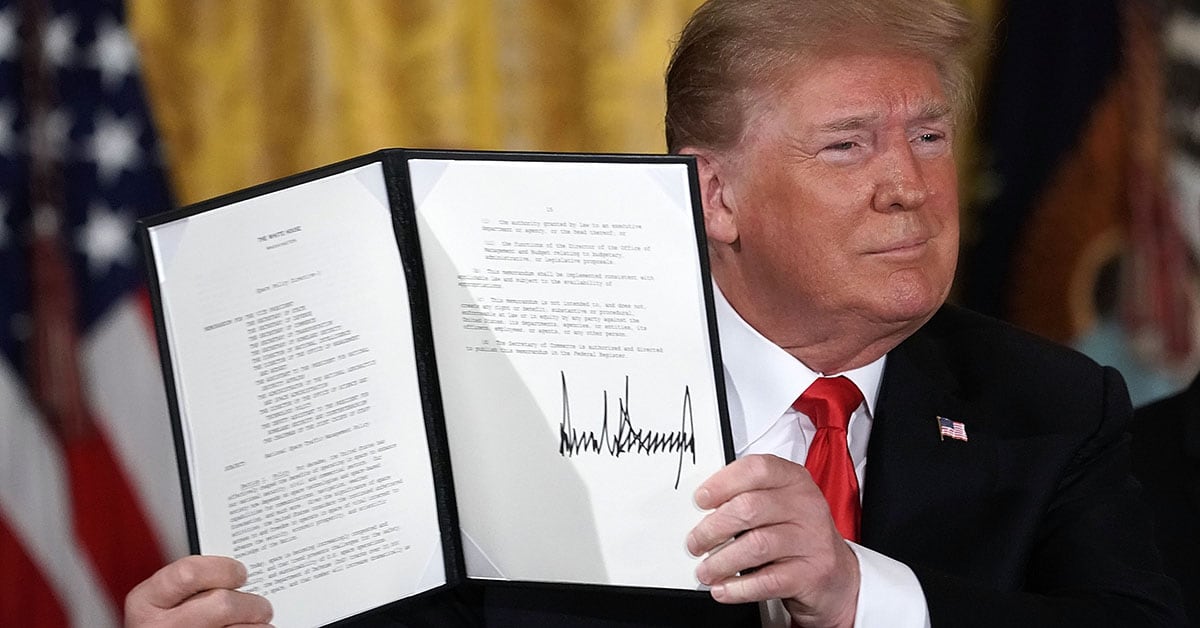
Whether the Space Force becomes a reality will be up to Congress, which is the only part of government able to create a new military service. With the Democrats controlling the House, successful passage is a “coin toss” that will be dependent on the specific proposal put forward in Trump’s fiscal 2020 budget, and how much support it seemingly has in Defense Secretary Jim Mattis and Shanahan, Harrison said.
“How big of a scope do they envision? How disruptive is it going to be perceived as being? And I think another political factor, quite frankly is: Is this seen as being Trump’s Space Force, or is this something that the military is seen on get on board with?”
Aaron Mehta in Washington contributed to this report.
Valerie Insinna is Defense News' air warfare reporter. She previously worked the Navy/congressional beats for Defense Daily, which followed almost three years as a staff writer for National Defense Magazine. Prior to that, she worked as an editorial assistant for the Tokyo Shimbun’s Washington bureau.
